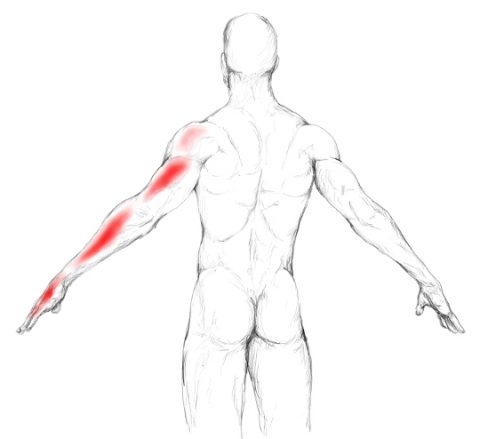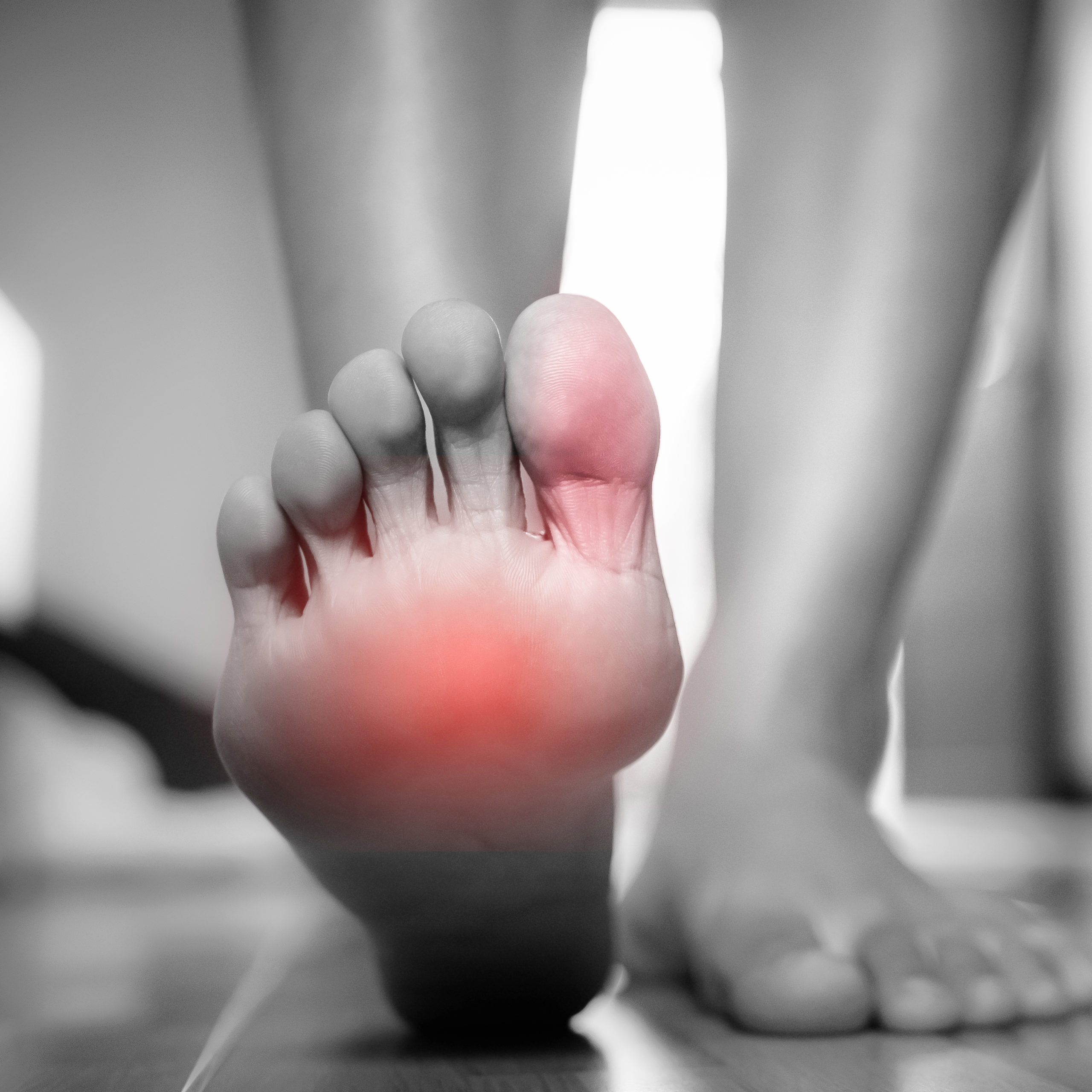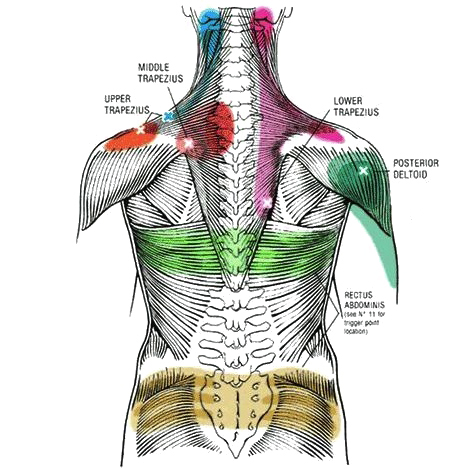Wondering about all the hype? Can CBD products reduce pain?
We see CBD products advertised everywhere, for practically everything. Recently, CBD is in everything from bath bombs to gummy bears!
CBD products are legal in all 50 states. But, they are treated as a supplement and not regulated by the FDA. And, they do not get you “high”. However, some CBD products may contain enough trace THC for you to fail a drug test.
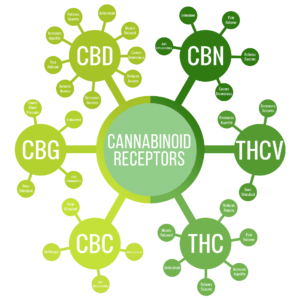
CBD seems to be effective for local body pain and improving sleep. However, for chronic pain, combinations of THC and CBD may be most effective. Of course, to use CBD medically, we need to determine dose amounts and how to standardize them. And, the legality, occupational and social acceptability of THC varies widely.
So, how do CBD products reduce pain? Is is really effective? Is it safe? The answers aren’t as simple as you think. If you’re considering CBD or cannabis products for chronic pain, you should learn as much as possible!
Chronic Pain? CBD Products Might Help
CBD (or cannabidiol) comes from the cannabis sativa plant.
Of course, the cannabis plant contains dozens of other chemical compounds. Importantly, CBD does not make people “high”. Instead, CBD has various pain relieving, anti-inflammatory and other effects that have not been well studied.
So, research on continues. Many hope to answer “Can CBD products reduce pain?” with an affirmative “yes”. And, explain clearly why…
Yes, CBD products are extracted from cannabis plants. However, there are many strains of cannabis. Fortunately, some of them have a lot of CBD and almost no THC. For example, hemp is a version of the cannabis plant with virtually no THC in it. Hemp cultivation is legal in the United States. Sales of hemp products is also legal.
CBD vs THC
For many, the compound THC [tetrahydrocannabinol] is familiar from using marijuana. That is the part of cannabis that makes people “high.” Most effects of marijuana that people think of are caused by THC.
Typically, recreational marijuana has very little CBD in it. However, legal CBD products are widely available. They can be purchased at dispensaries, health food and convenience stores, and the internet. In addition, it is available as an edible, oil, a tincture or mixed into another product. Unfortunately, it’s a widely used product that is not regulated.
It is not legal to sell CBD for its largely unproven health benefits.
CBD products are recently becoming mainstream. However, cannabis actually has a long history of providing relief around the world. CBD is a derivative, or extract of cannabis. Today, modern forms of CBD oil are produced in modern factories.
American use of cannabis goes back to our country’s founding fathers. In fact, George Washington himself grew hemp at his plantation estate and the location of his burial, Mount Vernon.
In addition, Siberian burial mounds as old as 3000 B.C. contained charred cannabis seeds. Also, cannabis has also been used in Chinese medicine for thousands and thousands of years.
Why Are There So Many Questions About CBD and Cannabis?
Obviously, marijuana has had a rather tumultuous history with the law. Therefore, research on the positive properties of derivatives such as CBD oil has been extremely limited.
Understandably, this causes many people to question its use for modern day ailments. Primarily this is because they don’t know a lot about how it works. However, we know that cannabis and its compounds work actively on major forms of pain.
Interestingly, our first knowledge of each pain system derives from investigation of natural analgesic plants:
- Aspirin – willow bark, inflammation
- Capsaiscin – chile peppers, TRPV, (burning, neuropathic pain, similar to capscaicin)
- Opiates – poppies, endorphin/enkaphalin (deeper pains)
- THC/CBD – cannabis, endocannabinoid (pain mediation)
What’s the Lowdown on CBD Products?
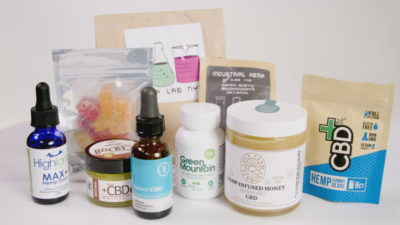
Research on CBD
For decades, researchers around the world have been studying CBD and its affect on the body. In part, this is because government regulations about cannabis focus on THC. Therefore, CBD studies have been easier to fund and conduct.
Research on CBD has been promising and provides some tantalizing benefits. These range from pain relief to lower cancer rates to easier management of opiate use.
However, that is research. Generally, they are not reporting on actual commercial products that consumers use. We have only seen research on inhaled, raw cannabis for few years.
Many research project reviewing the existing literature conclude that more studies are needed. In particular, there is a need for better controls and establishment of effective doses.
In a word, probably…
Some studies report positive results. However, at least one study with mixed results used an “active” placebo. They used a cannabis product that smelled and tasted authentic, but contained no CBD or THC. As it happens, the chemicals responsible for aroma and flavor in cannabis also appear to have pain relieving properties. This one of many studies suggesting CBD alone may be less effective than in combination with other cannabinoids.
Some researchers contrast the glowing reports of CBD users with a lack concrete results in chronic pain studies. They suggested that using CBD might improve sleep. Of course, this is vital for managing chronic pain.
In addition, many satisfied CBD users apply the oil topically. It is also possible that CBD exerts a more powerful influence on the peripheral nervous system than the CNS. In addition CBD’s anti-inflammatory effect could be more in “the body” than in your CNS.
The positive evidence is strong enough that we believe the effect is real. There are some obvious reasons for underwhelming results. First, bioavailability of CBD varies greatly. For instance, oral CBD products are not well absorbed. Therefore, they may not be effective. The action of CBD oil is not well understood.
Clinical Trials of CBD Products
Because of safety concerns, there are fewer studies of inhaled CBD products. Furthermore, there are even fewer studies of topical CBD products and tinctures in humans.
Hopefully, tinctures, oral/nasal sprays and topical oils will become further standardized. We believe that understanding the proper dose and being able to administer it properly are essential.
Primarily, CBD activates our body’s own endocannabinoid system. This is an internal pain management system that we all have. Numerous studies have demonstrated some reduction in some forms of pain.
However, these reductions are often small. Research suggests that CBD alone only activates one of two cannabinoid receptors. Apparently, this limits the pain relieving ability of CBD alone.
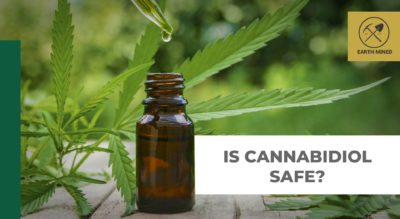
Unfortunately, there is little data available to consumers about CBD products online or at the corner store. Samples of available products show significant differences:
- The amount of CBD varies greatly
- Some contain THC
- Some contain other extenders, thinners and contaminants
Regardless of the intended use, it is important to know what you are buying. There are also variety of synthetic CBD products appearing on the market. They have not been studied for safety or effectiveness.
Some quality brands provide data about purity and potency of their product that is independently verified. Naturally, these products are more expensive.
Do better CBD products reduce pain more effectively?
Better safe than sorry!
The bioavailability of natural CBD products varies based on the strain of plant and the extraction and processing methods.
Different Ways to Administer CBD
Clearly, even if the CBD product itself is pure and of known concentration, they way you administer matters a lot. For instance, only about about 6% of CBD consumed orally is available to your bloodstream. Most of it is broken down by your liver first. On the other hand, if you inhale a CBD product, 30-40% of it makes it to your bloodstream.
You can find many types of CBD products that you can apply to your skin. CBD is also prepared as a tincture that can absorbed under the tongue.
However, tinctures and topical oils have not been well studied yet. In addition, a presciption spray used in research contains both CBD and THC and is used orally. Presumably, similar OTC products are also becoming available.
There are a variety of risks associated with smoking or ‘vaping’ CBD and other cannabis products.
Laboratory evidence indicates that cannabidiol may reduce clearance of THC. This could increase plasma concentration of THC. In turn, this may raise THC availability to receptors. This could enhance its effect based on the dose of CBD.[20][21]
Interference With Other Medications
CBD interferes with the metabolism of an important pathway in our liver. This is called the cytochrome P450 enzyme system. It is important in the metabolism of a broad range of commonly prescribed drugs.
Previously, specific research showed an interaction between warfarin and CBD. However, we don’t know yet how to appropriately monitor people when taking CBD and other pharmaceuticals.
We do know that it is important to consider for drugs metabolized by the cytochrome P450 enzyme system. We suggest discussing the issue with your doctor.
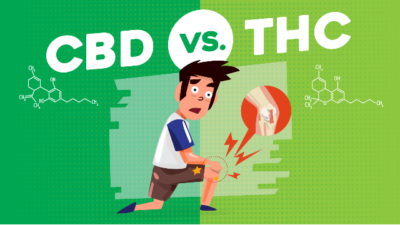
If you are hoping that CBD products reduce pain, it might not be that simple.
Surprisingly, one of the biggest reasons that CBD studies don’t show more clear positive results may be the lack of THC. In general, this is considered a plus of CBD treatment. The lack of THC means no “high”.
However, research suggests that products containing both THC and CBD are most effective.
For example, a prescription spray called Sativex contains a 50/50 blend. Several studies that confirm the positive effects of CBD use Sativex or a similar product.
Currently cannabis products are rapidly being legalized. For some, there may always implications to using THC. For instance, there are occupations that prohibit use of THC products.
Clearly THC/CBD products reduce pain!
However, you should consider other aspects of what the use of THC might mean for you.
Clinical trials of medical cannabis for chronic pain found substantial evidence encouraging its use for of chronic pain. However, some have shown that medical cannabis may only moderately reduce chronic pain.
But, this is to similar all other currently available analgesic drugs. Clearly, we need more studies on the comparative effectiveness and safety of cannabinoids and other analgesics, including opioids.
Inhaled Cannabis
Inhaled cannabis is constantly effective in reducing neuropathic pain. The effect depends is dose-related. It can be achieved with a concentration of cannabis THC lower than 10%. When we inhale cannabis the effect is more rapid, predictable and can be controlled than with oral cannabinoids.
Research on inhaled cannabis for the treatment of osteoarthritis, rheumatoid arthritis, and fibromyalgia pain are not conclusive.
Oral Cannabinoids
Unfortunately, compared to inhaled cannabis, oral cannabinoids may be less effective in reducing our neuropathic pain. In general, oral cannabinoids may also be less tolerable. However, data suggests that they may improve sleep, quality of life and patient satisfaction.
Whether oral cannabinoids reduce the intensity of chronic cancer pain is not completely clear. Recent long-term studies are not encouraging.
Effectiveness
In general, it is difficulty to judge the effectiveness of cannabis. True clinical trials are scarce and most were of short duration, with relatively small sample sizes. They have had diverse patient populations, different types of cannabinoids and a range of dosages.
In addition, there is variability in assessment of domains of pain (sensory, affective) and modest effect sizes.
Dosages are still unknown. However, at least one study has suggested that more is not better. Heavy THC users did not fare as well as light users.
Therefore, new larger studies are happening. Some are examining specific cannabinoids and strains of cannabis. In addition, they use improved and more objective pain measurements. Also, appropriate dosages and duration of treatment is currently being studied.
Current evidence supports the use of medical cannabis in the treatment of chronic pain in adults.
In general, the primary adverse medical effect of THC is the ‘high’. It is is exactly what man yrecreational users are going for. Similar highs, with more unpleasant effects have occurred with pharmaceutical THC preparations. However, if you also consume CBD, these effects are limited.
Other Adverse Effects
Currently, evidence from clinical trials of medicinal cannabis suggests that the adverse effects of short-term use are modest. Most of them are not serious and are self-limiting.
Long-term safety assessment of THC is based on scant clinical trials. Therefore, the evidence is limited. So, you should take these safety interpretations cautiously. More research is needed to evaluate the adverse effects of long-term use of medical cannabis.
A more precise determination of the risk-to-benefit ratio for THC in pain treatment is needed. This will help establish evidence-based policies.
How Do CBD and THC Work?
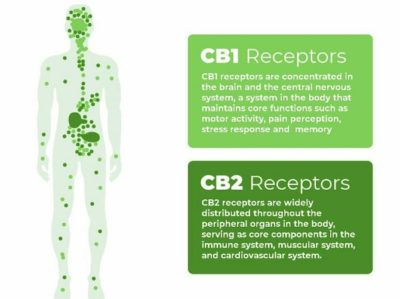
There are some direct effects of CBD, THC and other cannabis products. However, research has shown that much of their effects are indirect.
These chemicals look similar to chemicals produced in our body called endocannabinoids. They play a wide range of roles and occur naturally in our bodies.
What Do Endocannabinoids Do?
They appear to have a role in mediating the action of other systems. That means that they can help adjust the natural feedback loops of some things, like our central pain response, appetite or immune response up or down.
Most of the actions of CBD are due to the ways that it activates the endocannabinoid system.
Even the “high” of THC appears to be due to some of these natural chemicals.
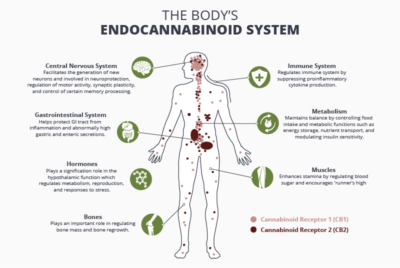
The endocannabinoid system (ECS) is a biological system composed of naturally occuring chemicals called endocannabinoids. We all naturally have these fat-based chemicals throughout our bodies.
Broadly speaking, the endocannabinoid system includes:
- The “endocannabinoids” that are the molecular links for the cannabinoid receptors.
- The enzymes that synthesize and degrade the endocannabinoids.
- The cannabinoid receptors CB1 and CB2, two G protein-coupled receptors that are located in the central and peripheral nervous systems.
- The neurons, neural pathways, and other cells where these chemicals are located.
Incredibly, cannabinoid receptors occur throughout our central nervous system and peripheral nervous system and most organs.
What Does The Endocannabinoid System Do?
The endocannabinoid system remains under preliminary research, but may be involved in regulating physiological and cognitive processes, including fertility, pregnancy, during pre- and postnatal development, appetite, pain-sensation, mood, and memory.
The effects of cannabis come from activating the same receptors as our natural endocannabinoids. Researchers are continuing to study the interplay between this natural chemical system and cannabis as a drug.
We know of two primary endocannabinoid receptors. First, we have CB1 receptors throughout our brain and nervous system. They are also in our peripheral organs and tissues. They are the main molecular target of the endocannabinoid binding molecule, anandamide. In addition, CB1 receptors are sensitive to THC.
One other main other receptors is called CB2 . The endocannabinoid that targets both CB1 and CB2 is called 2-arachidonoylglycerol (2-AG). It is similar to the plant cannabinoid, CBD. 2-AG is involved in the regulation of appetite and immune system functions. This is how CBD products reduce pain.[6][7][8]
Pain Relief
At the spinal cord, cannabinoids suppress pain responses of neurons in the dorsal horn.
This might be by controlling noradrenaline input from the brainstem.[21] Many of these fibers are primarily respond to GABA. GABA is the primary inhibitory neurotransmitter in our central nervous system.
So, cannabinoid stimulation should increase noradrenaline release and reduce pain in the periphery and dorsal root ganglion.
In pain research, the most important endocannabinoid is palmitoylethanolamide (PEA).
Palmitoylethanolamide (PEA) is a fatty amine related to anandamide. Because of this, we thought that palmitoylethanolamide would bind to the CB1 and the CB2 receptor.
Now, we can see that the important receptors are the PPAR-alpha receptor, the TRPV receptor and the GPR55 receptor. Palmitoylethanolamide has been evaluated for its analgesic actions in many pain indications.[60] It is available as a supplement and is safe and effective.
Various endocannabinoids are involved in placebo induced analgesia responses.[61]
What Else Is In Cannabis?

Clearly, not just CBD products reduce pain. Some of the other commonly researched compounds in cannabis include:
 Cannabinol (CBN)
Cannabinol (CBN)
CBN is a mildly psychoactive cannabinoid that is produced from the degradation of THC. There is usually very little to no CBN in a fresh plant. CBN weakly stimulates both the CB1 and CB2 receptors. It has greater affinity for CB2 receptors than CB1. The degradation of THC into CBN is often described as creating a sedative effect, known as a “couch lock.”
 Cannabigerol (CBG)
Cannabigerol (CBG)
A non-psychoactive cannabinoid, CBG’s antibacterial effects can alter the overall effects of cannabis. CBG is thought to kill or slow bacterial growth, reduce inflammation, (particularly in its acidic CBGA form,) inhibit cell growth in tumor/cancer cells, and promote bone growth. It weakly inhibits the CB1 receptor. CBG pharmacological activity at the CB2 receptor is currently unknown.
 Tetrahydrocannabivarin (THCV)
Tetrahydrocannabivarin (THCV)
THCV is a minor cannabinoid found in only some strains of cannabis. The THCV variant of THC produces very different effects. These effects include a reduction in panic attacks, suppression of appetite, and the promotion of bone growth. THCV reduces activity at the CB1 receptor and partially stimulates the CB2 receptor.
 Cannabidivarin (CBDV)
Cannabidivarin (CBDV)
Like THCV, CBDV differs only slightly from CBD. Although research on CBDV is still in its initial stages, recent studies have shown promise for its use in the management of epilepsy. This is due to its action at TRPV1 receptors and modulation of gene expression.
The “Entourage Effect”
This term has evolved to describe the multiple effects of combined cannabis phytochemicals or whole plant extracts. Typically, the phrase refers to the compounds present in cannabis working in concert to create “the sum of all the parts that leads to the magic or power of cannabis”.[3] Other cannabinoids, terpenoids (responsible for aroma), and flavonoids (responsible for flavor) may be part of an entourage effect.[6]
The entourage effect is considered a possible endocannabinoid system modulator. Often, this is a goal in pain management.[1][6][7]
Naturally occuring CDB-like chemicals in our body may show no significant activity alone. However, his entourage effect may represent an internal cannabinoid activity regulation route.[5]
Endoannabinoid system modulators like palmitoylethanolamine may also exhibit the entourage effect. This increases internal anandamide activity in receptor and/or reduces natural anandamide degradation. These chemicals are cousin of THC. So, in some cases the entourage effect may increase the “high” of cannabis.
Professional Treatment With Us
Take some time. Treat yourself. You deserve it.
Book a treatment this month and receive 20% off a three session package.
Janet was great. FANTASTIC person who knew how to treat and deal with my conditions. Very informative. Finally, someone who knew what I was talking about.
Really Good
It was interesting, and helpful for my IT band and hip
My experience was wonderful. Janet was very kind and attentive. I felt great after my session and would recommend to try it out.
The lady that assisted me was awesome! I suffer from fibromyalgia and when I left I felt like a brand new person! I plan to return when I get time!
Janet was great - knowledgeable and she found all my "hot spots."
Seriously, if you are looking for massage therapy that actually does your body good--that changes its function for the better and actually makes pain go away--then this is the place you need to come. Not Massage Envy. Not a chiropractor. You need trigger point from knowledgeable experts in the craft.
If your have pain in any part of your body this is the place to go. It focus on the muscles where the pain is. you will feel like a new person. Awesome will be returning. Thanks nice friendly and attentive
amazing!!!
I felt so much better after my appointment. Thank you and thanks for the self care tips!
Experienced therapist. Feel great after appointment...
Highly recommended!
What a great experience. The provider was able to recommend things I can do to improve my pain. Address issues I didn't even share with her that she was able to tell just by her exam and treating me for what i went for. Will be back. Feeling grateful
I spent so much money on chiropractors. This is much better. Everybody should try it out.
Beautiful, relaxing setting. Therapist was knowledgable and professional. I'll be going back. Thank you.
Janet is very informative. I loved that she explained which muscles/groups she was working on. I learned a lot about my posture and why some of my muscles are not activating. She also provided me with a list of considerations and excercises to improve my posture. I will be back!
Janet has a unique gift and talent in trigger point therapy. I’m definitely seeing her again!
I loved my experience. Janet is extremely knowledgeable in a vary wide variety of conditions. She is thorough and attentive. Makes you feel right at home!
It's like an hour of physical therapy (the good parts of P.T. where they massage you and stretch you). She also takes time to explain some ways to help your specific issues. Highly recommend!
Janet is very knowledgeable and informative. She thoroughly explains where you have weakness and what muscles are over compensating. She gives exercises, stretches, or everyday changes you can make to help you are progress on your own. I highly recommend a visit!
Janet was very knowledgeable and never in a hurry. She took her time explaining every little detail, great service
Felt much better after the trigger point massage, highly recommend.
Excellent
What About My Pain?
Clearly, everyone is different. Many of us have additional challenges and complications. Naturally, we tailor our treatment plans to the individual. However, there are common foundations in this work with everyone.
Fortunately, if you are having similar issues, you may find that a just few treatment sessions helps! We will identify and treat root causes of your individual case.
Clearly, everyone is different. Many of us have additional challenges and complications. Naturally, we tailor our treatment plans to the individual. However, there are common foundations in this work with everyone.
We are licensed professionals. In addition, we all have additional training and certifications in advanced techniques. For instance, this includes trigger point therapy, fascial stretching, neuromuscular and movement therapy. Also we offer kinesio taping, myofascial release, cupping, acoustic compression, self-care classes and more. In fact, we often combine several of these techniques into a single session..
Of course, no one wants chronic pain! Fortunately, can work together with you to help sort out the issues.
Click here or all us at 630-858-0000 today to make an appointment!
More info at: WestSubPainRelief.com
You can also take a picture of this QR code with another phone and share or view the entire article:
If reading from a pdf or printout, you will find links and videos at: https://WestSubPainRelief.com/do-cbd-products-reduce-pain-safely-and-effectively

